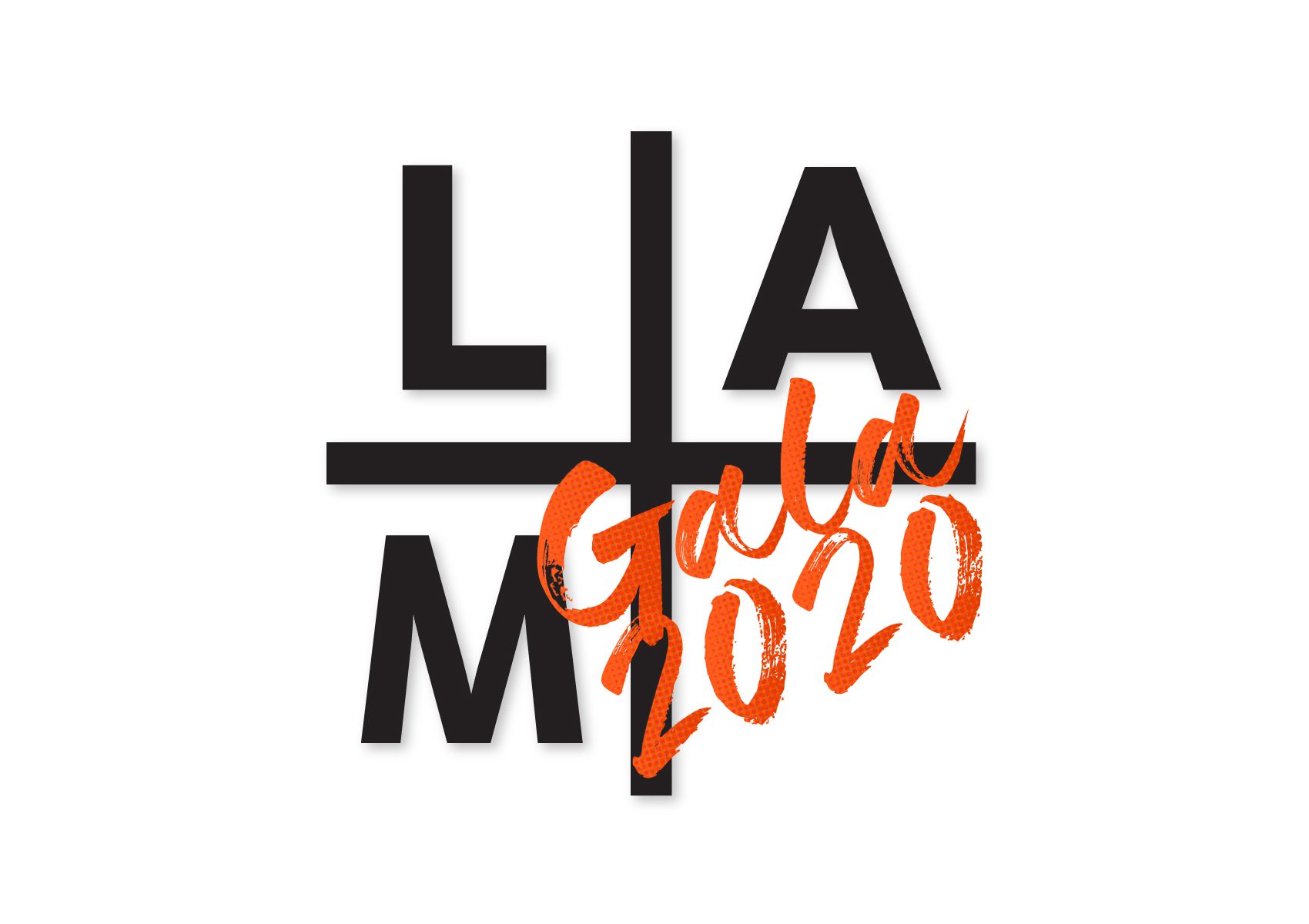Exhibit Overview
The Many Faces of Roger Armstrong was a retrospective for this octogenarian artist and teacher from Orange County who, at the age of 86, was still actively painting and teaching. A highly versatile artist, Armstrong’s work includes paintings in oil, watercolor, and acrylic. Shown in the exhibition were works from the 1940s to the present. His paintings of the urban landscape of Los Angeles in the 1940s reflect the influence of his mentors at Chouinard Art Institute, California regionalist painters Phil Dike, Dan Lutz, Ben Messick, and Rex Brandt. In his later works, he focused on the Southern California landscape and seascape, utilizing the medium of watercolor.
Born October 12, 1917, in Los Angeles, Armstrong benefited from coming of age in Los Angeles, where, despite the Depression, the film industry kept many people employed. Among them was Armstrong’s father who worked for Fox Film Company, the forerunner of 20th Century Fox. When his father was killed in a car accident in 1933, Armstrong became despondent and considered dropping out of high school. A family friend, Vernon Caldwell, a commercial artist who taught at Chouinard Art Institute, encouraged him to finish and promised to get him a scholarship to Chouinard. With a two-year scholarship, Armstrong attended the school in 1938 and 1939. He studied there again, from 1948 to 1950, this time on the GI Bill.
It was the post-war era that was the most formative for the artist. Early in his career, Armstrong expressed an interest in and a talent for cartooning. The talent at Chouinard included many artists who also worked in the burgeoning animation field. Many Disney artists had attended Chouinard, most notably Phil Dike and Hardie Gramatky. Like them, Armstrong joined the ranks of Disney artists, developing a career as a cartoonist that would earn him a national reputation. In addition to Disney, he also worked for Warner Bros. and Hanna-Barbera. Through the 1960s he drew cartoon strips for newspapers and comic books, among them Ella Cinders (1949-61), Little Lulu (1951-53; 1963-67), Napoleon and Uncle Elby (1950-53; 1958-60), and The Flintstones (1962-63). Cartooning continues to be an important aspect of his art, recent examples of which were included in the exhibition.
Armstrong moved to Laguna Beach in the early 1950s and in 1961 joined the Laguna Beach Art Association, becoming a member of the board. The association, founded in 1918, had built a gallery on Coast Highway in 1929, the core of which is part of today’s Laguna Art Museum. Armstrong was asked to help revitalize the association’s exhibitions. He agreed to work temporarily part-time, but the position quickly turned into a full-time commitment. Armstrong was director of the association from 1964 to 1967. The brief time that Armstrong was director, the Laguna Beach Art Association went through a major transition in defining itself as an important California museum. He hired Tom Enman to manage the gallery, who worked in that capacity for eighteen months. (Enman would later return as director, from 1967 to 1981.) Armstrong and Enman brought important contemporary exhibitions to Laguna Beach, among them Five Hard-Edge Painters (Karl Benjamin, John McLaughlin, Florence Arnold, Rod Briggs and Max Bailey), an Arshile Gorky and Hans Burkhardt exhibition, and one-person shows for both Karl Benjamin and Roger Kuntz.

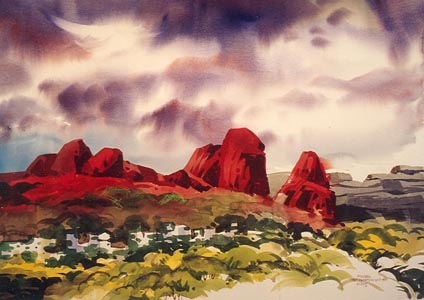
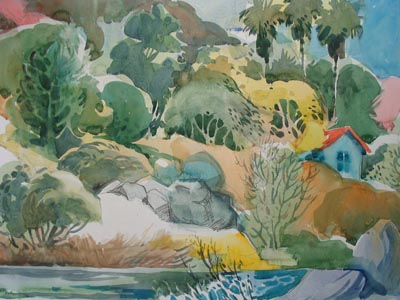
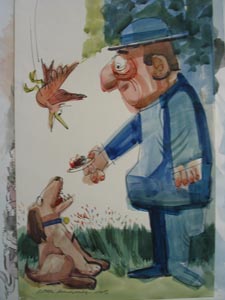
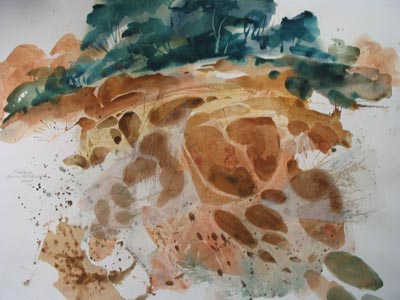
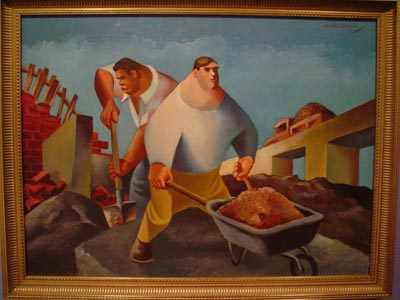
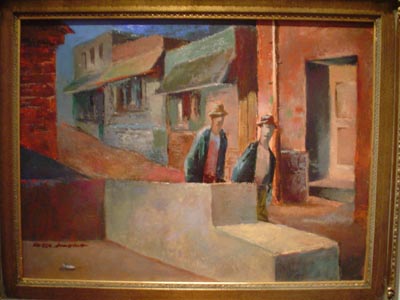
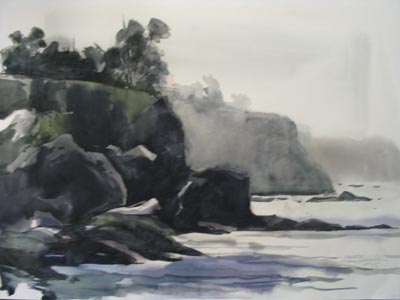
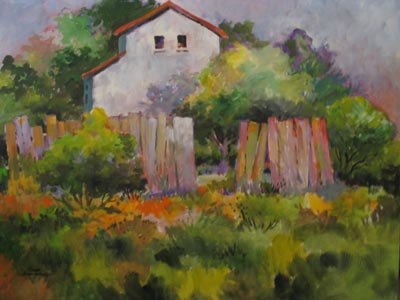
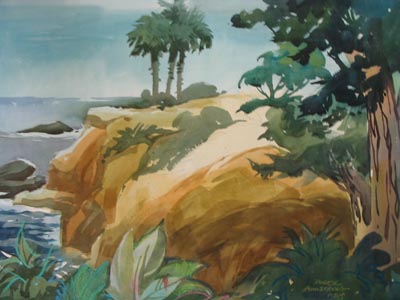
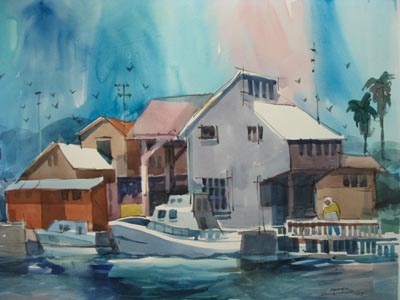
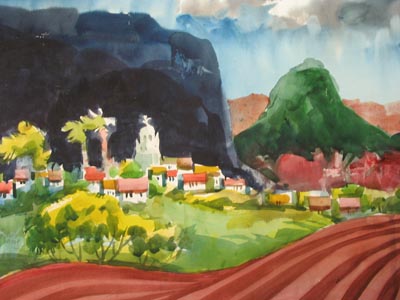
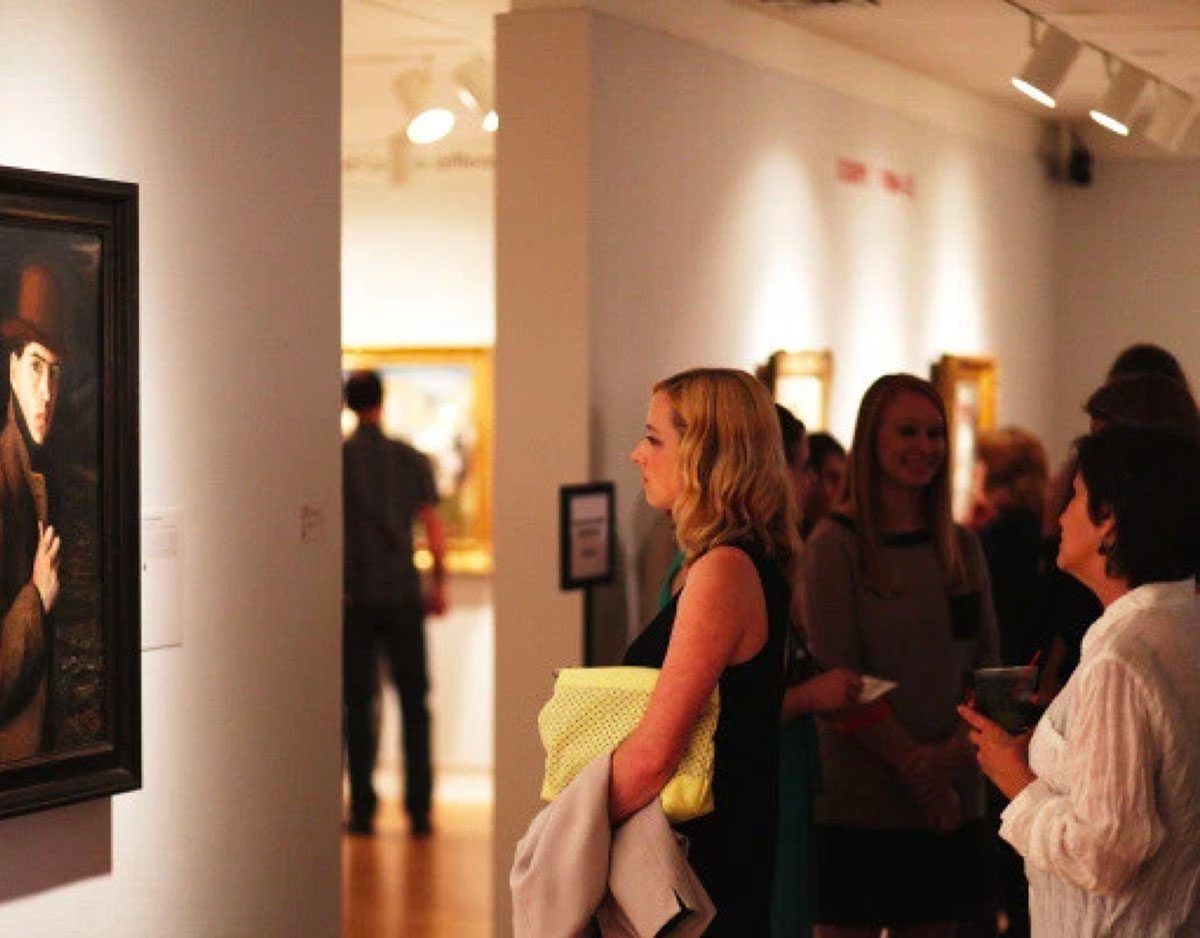
Subscribe To Our Newsletter
Receive news about collections, exhibitions, events, and more.








